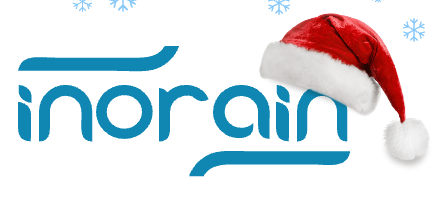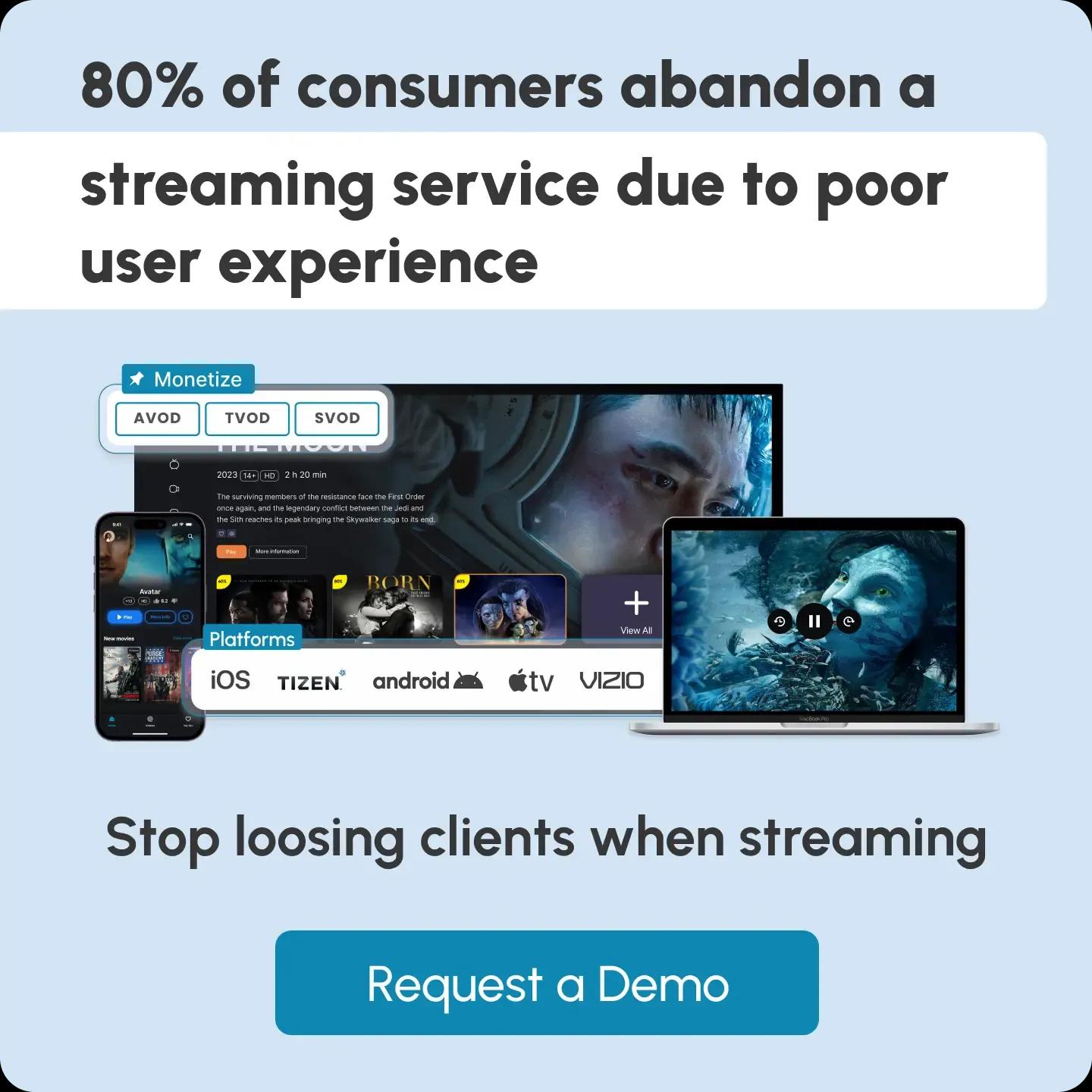Glossary term
Digital Rights Management (DRM)
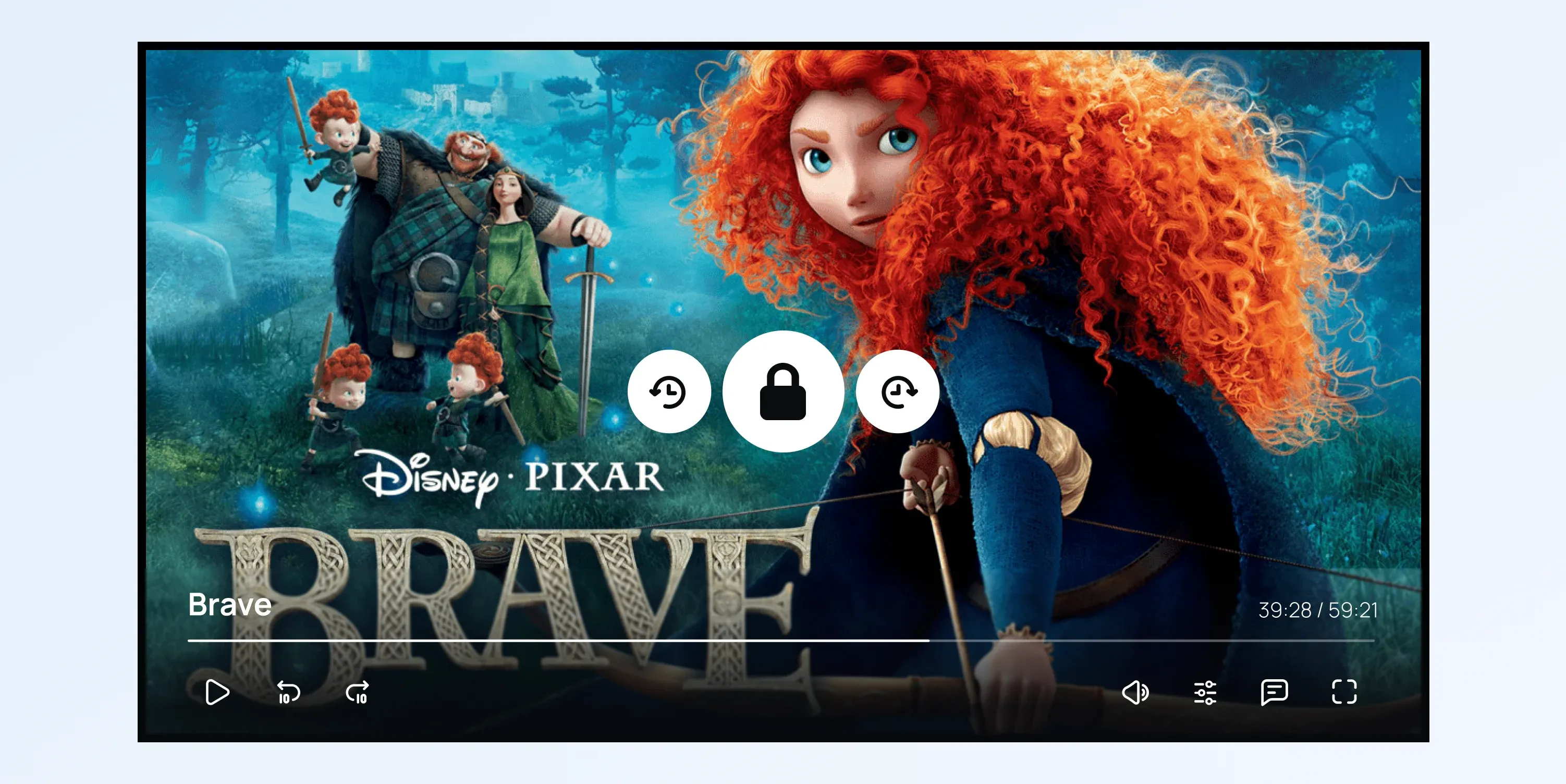
What Is DRM?
Digital Rights Management (DRM) is a set of technologies that protects copyrighted content and the rights of its owners and/or providers according to its use.
DRM technologies are used to control how digital content is accessed, used, and distributed to prevent unauthorized copying, sharing, or piracy.
DRM is commonly used in:
- Video streaming platforms (e.g., Netflix, Disney+, Amazon Prime)
- Music services (e.g., Spotify, Apple Music)
- eBooks and software
- Games and apps
DRM use case in OTT: A streaming service using DRM will encrypt video files and only allow playback through approved apps or browsers. If someone tries to download or share the file, it won’t play without authorization.
Remember: DRM’s goal is to protect digital content from piracy, unauthorized sharing, and unauthorized playback.
How Does DRM Work?
First, DRM encrypts the digital content. This makes the file unreadable to anyone who does not have the proper permission (decryption key), meaning it prevents external threats.
Once the content is encrypted, the publisher sets specific rules in a manifest file using a DRM system. These rules define how users can interact with the content. For example, a company might allow someone to stream a video but not download it, or let them read an ebook without printing it. The DRM system embeds these restrictions directly into the content or the platform being used.
When a user tries to access the content, their device or app sends a request to the DRM system. The system checks whether the user is allowed to view or use the content. It verifies information like whether the user has paid, whether their device is authorized, and whether they’re in the correct geographic region.
If the user meets the requirements, the DRM server sends a license or decryption key. This key unlocks the content temporarily, allowing the user to view or use it under the specific conditions set earlier (from the manifest file). The content remains encrypted to anyone else who tries to open it without permission.
During playback or usage, the DRM software continues to enforce the rules. It might stop someone from screen recording, copying files, or sharing the content with others. If the user tries to break the rules—like transferring a file to an unauthorized device—the DRM will block the action automatically.
DRM Integration with Other Technologies
DRM integrates and protects data with every OTT system and technology that handles valuable information. Let’s learn the top seven necessary DRM integrations.
1. DRM + Video Encoding and Transcoding
DRM systems must integrate with encoding workflows to ensure that content is encrypted before delivery. Once integrated, encoders or transcoders work with packagers to apply DRM encryption keys.
Example: When transcoding for HLS or MPEG-DASH, encryption (e.g., AES-128, CBC, or CTR) is applied along with DRM signaling for playback.
2. DRM + CDN (Content Delivery Networks)
CDNs cache and deliver encrypted content worldwide. Since the CDN does not need to decrypt content, DRM works seamlessly by ensuring only authorized players with valid licenses can decrypt.
Purpose: Integration ensures secure token-based authentication and prevents unauthorized access or sharing.
3. DRM + Adaptive Bitrate Streaming (ABR)
Since the DRM metadata is embedded in the manifest files (HLS .m3u8 or MPEG-DASH .mpd), the video player selects the right bitrate segment while DRM ensures that decryption keys are requested securely.
Purpose: Works with multi-DRM services (e.g., Widevine, FairPlay, PlayReady) for cross-device compatibility.
4. DRM + Ad Insertion (SSAI & CSAI)
For Server-Side Ad Insertion (SSAI), ads must be encrypted and DRM-protected in the same manner as content.
For Client-Side Ad Insertion (CSAI), the player manages both DRM-protected content and ad playback while maintaining tracking beacons.
Purpose: Prevents ad-skipping or manipulation.
5. DRM + Authentication and Identity Management
DRM integrates with OAuth2, SSO, or custom token systems to ensure only valid users get decryption licenses. Then it ties into subscription models (SVOD, TVOD, AVOD, HVOD).
Example: A user logging in through a Google or Apple account gets authenticated, and the DRM license server issues a valid key only if their subscription allows access.
6. DRM + Watermarking and Fingerprinting
DRM alone prevents unauthorized playback, but forensic watermarking and fingerprinting are also added for anti-piracy.
Purpose: Integration enables tracing leaks even if the screen is recorded or decrypted illegally.
7. DRM + Analytics and Monitoring
DRM integrates with analytics platforms to track license requests, failures, and playback errors.
Purpose: Helps detect piracy attempts, unusual login patterns, or license flooding attacks.
Why Is DRM Important?
The most important thing DRM does is allow content providers to fully control and protect their digital assets.
Without DRM, you can’t protect your content against piracy, illegal sharing, and misuse. As digital content becomes easier to duplicate and distribute, DRM plays a crucial role in safeguarding creators’ rights and ensuring businesses remain legally protected.
It secures your and your end-users’ data from any unauthorized use, and in the event of an incident, it serves as a guarantee that you can protect your content and maintain your rights.
Shortly put, in modern streaming, you can’t ensure content security without a proper Digital Rights Management System.
Frequently Asked Questions
Content Writer
Anush Sargsyan is a content writer specializing in B2B content about OTT streaming technologies and digital media innovation. She creates informative, engaging content on video delivery, OTT monetization, and modern media technologies. The goal is to help readers easily understand complex ideas. Her writing is the bridge between technical detail and practical insight, making advanced concepts accessible for both industry professionals and general audiences.
Related terms
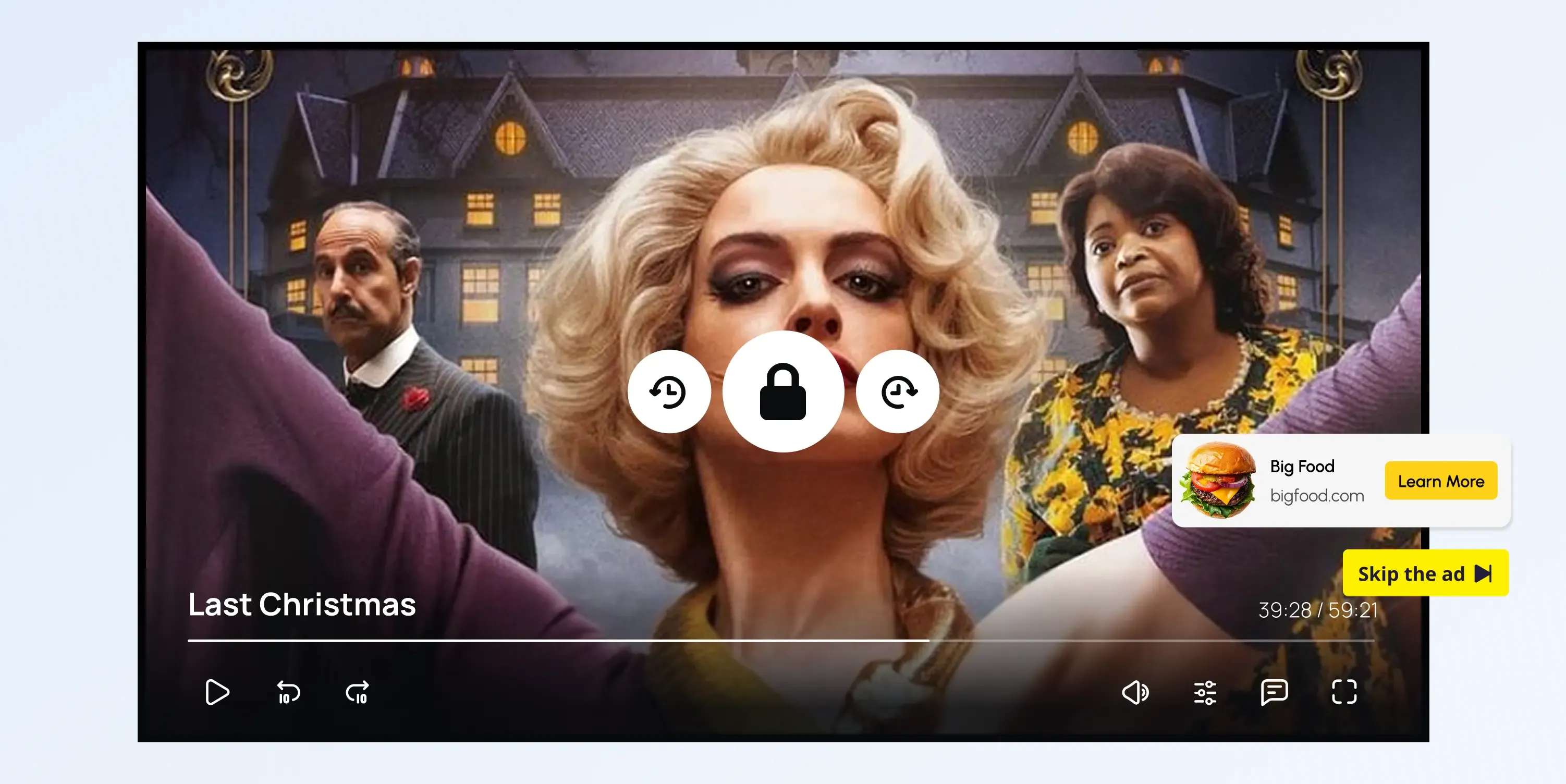
AVOD (Advertising-Based Video on Demand)
Explore how AVOD works, its monetization model, and why it's popular for free streaming platforms. Read the full definition on inorain.com glossary.
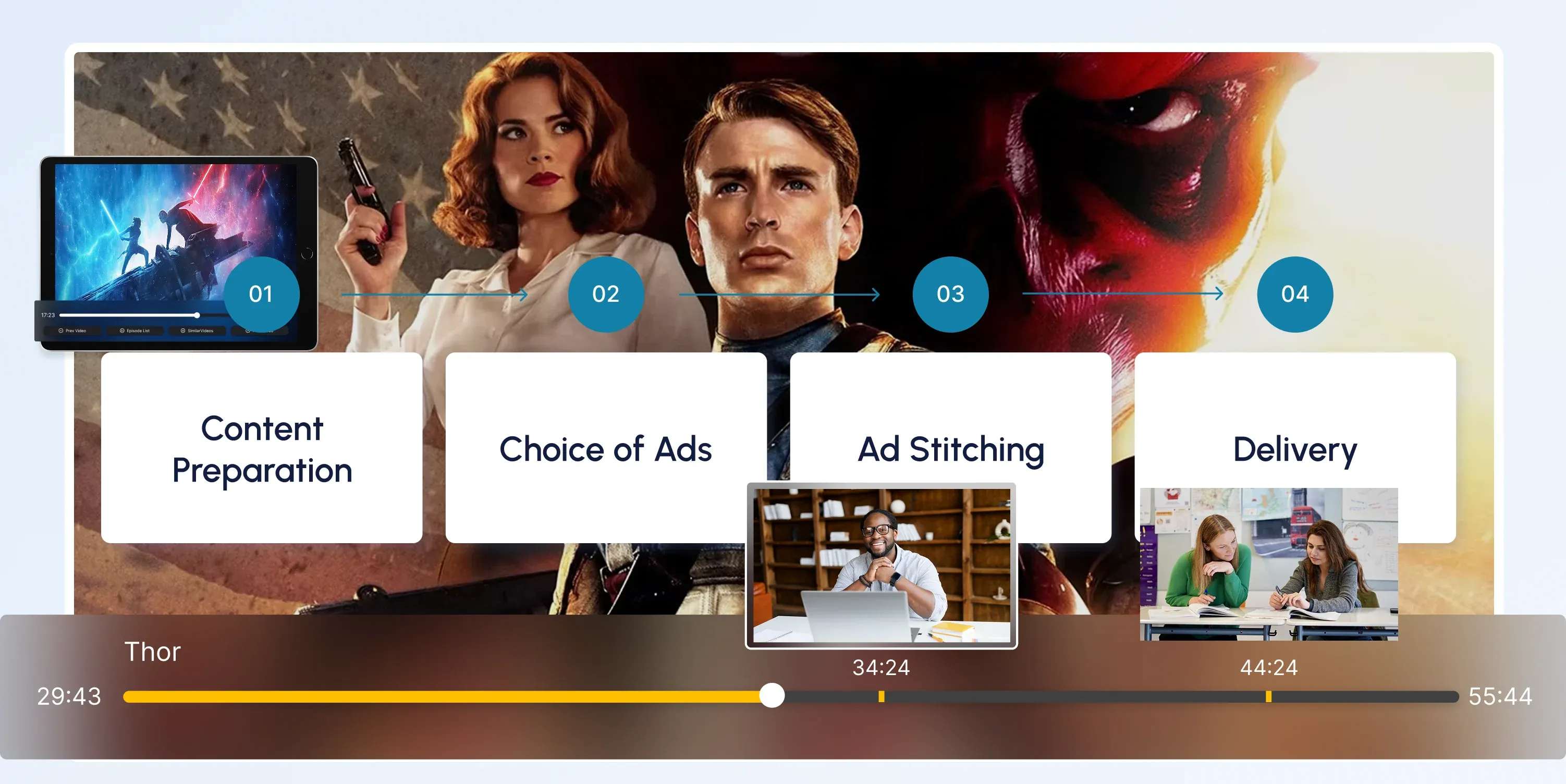
CSAI (Client-Side Ad Insertion)
Learn how CSAI delivers ads through the video player, enabling targeting, tracking, and monetization.
